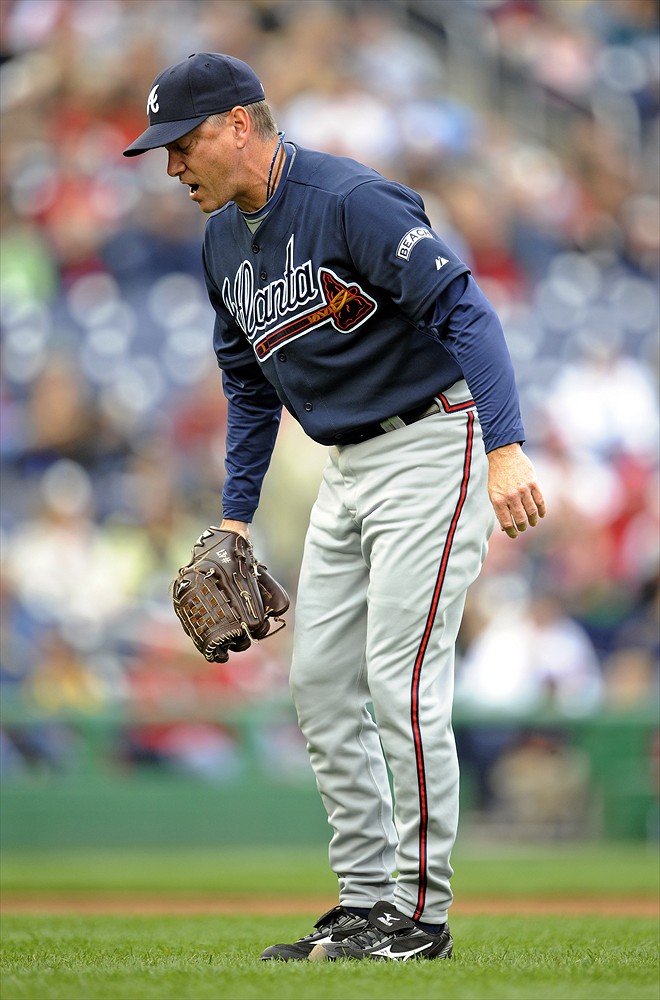As strikeouts have become so much more frequent than they used to be, it’s useful to gain a little perspective on how the K rates of some of the best pitchers compare to the typical rates of their own era.
We know that guys like Tom Glavine and Greg Maddux were not strikeout artists, instead using fantastic control to position pitches precisely and (more often than not) induce weak ground or fly balls.
But how do these guys compare to others?
Click through to find out.
I took the 28 pitchers to amass 4000 innings pitched since 1901. This is obviously not an all-inclusive list of the best pitchers ever, but it seemed like a good place to start this analysis. For each pitcher, I took an MLB-wide number for average K/9, taking it from the midpoint year of each guy’s career. Of course it would be more precise to do a weighted year-by-year average for each player, but this quick and dirty method probably yields fairly similar results.
Player K/9 normalized K/9 Ted Lyons 2.32 0.73 Tom Glavine 5.32 0.81 Jamie Moyer 5.38 0.82 Tommy John 4.29 0.89 Greg Maddux 6.06 0.90 Jim Kaat 4.89 0.91 Robin Roberts 4.52 0.94 Eppa Rixey 2.70 0.96 Warren Spahn 4.43 1.05 Gaylord Perry 5.95 1.10 Red Faber 3.24 1.12 Frank Tanana 5.96 1.15 Phil Niekro 5.57 1.16 Burleigh Grimes 3.26 1.16 Don Sutton 6.09 1.17 Early Wynn 4.60 1.21 Red Ruffing 4.12 1.21 Eddie Plank 4.50 1.22 Christy Mathewson 4.72 1.28 Fergie Jenkins 6.38 1.28 Roger Clemens 8.55 1.32 Tom Seaver 6.85 1.32 Pete Alexander 3.81 1.36 Steve Carlton 7.13 1.37 Bert Blyleven 6.70 1.43 Walter Johnson 5.34 1.53 Randy Johnson 10.61 1.63 Nolan Ryan 9.55 1.99
The first number is each pitcher’s raw career K per 9 innings, and the second number is his K/9 divided by the league-wide number I described above.
So Glavine, Maddux, and Tommy John are the most recent pitchers to reach the 4,000 innings mark while having a below-average K rate. It just doesn’t happen all that often.
It comes as no surprise to see Nolan Ryan at the other end, with a K rate nearly double the league for his career. All of the other tip strikeout pitchers with 4,000 innings are at the high end, as well. (And I love any list that ends up with Walter Johnson and Randy Johnson next to each other.)

